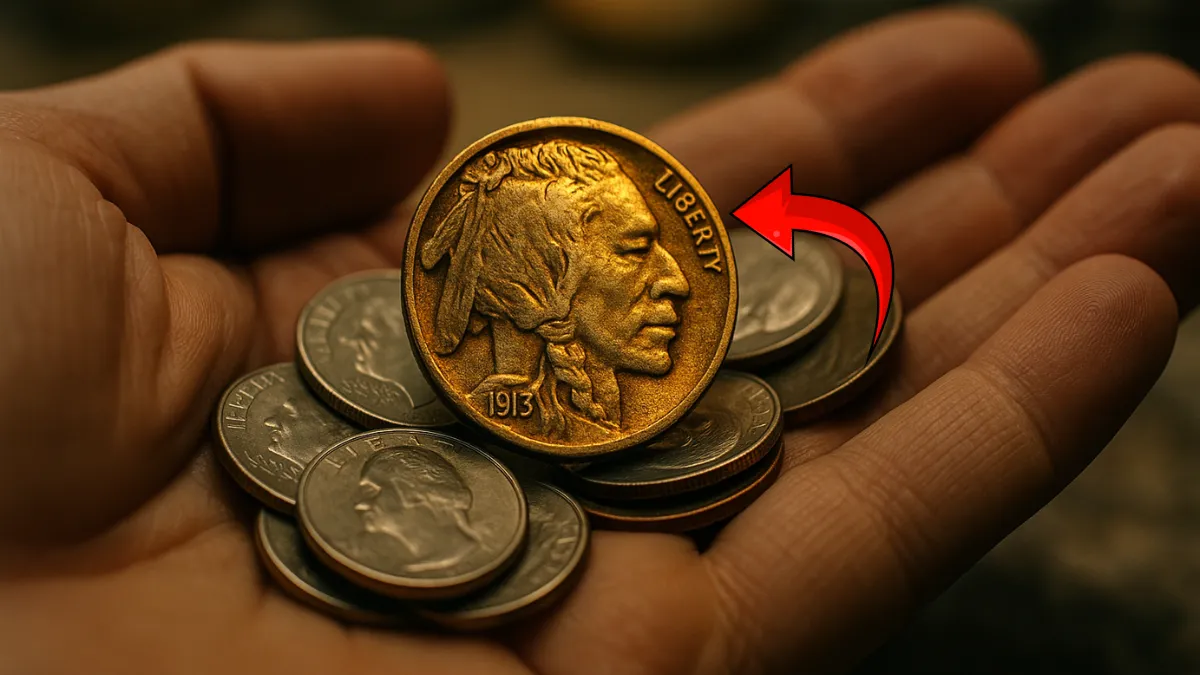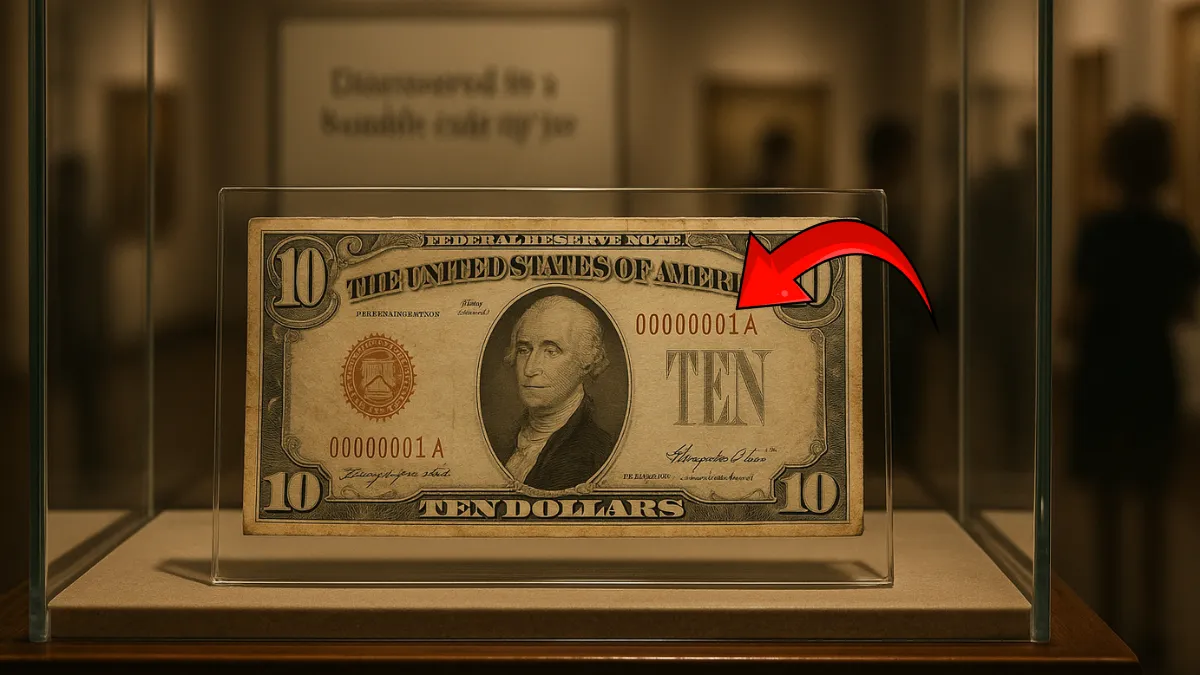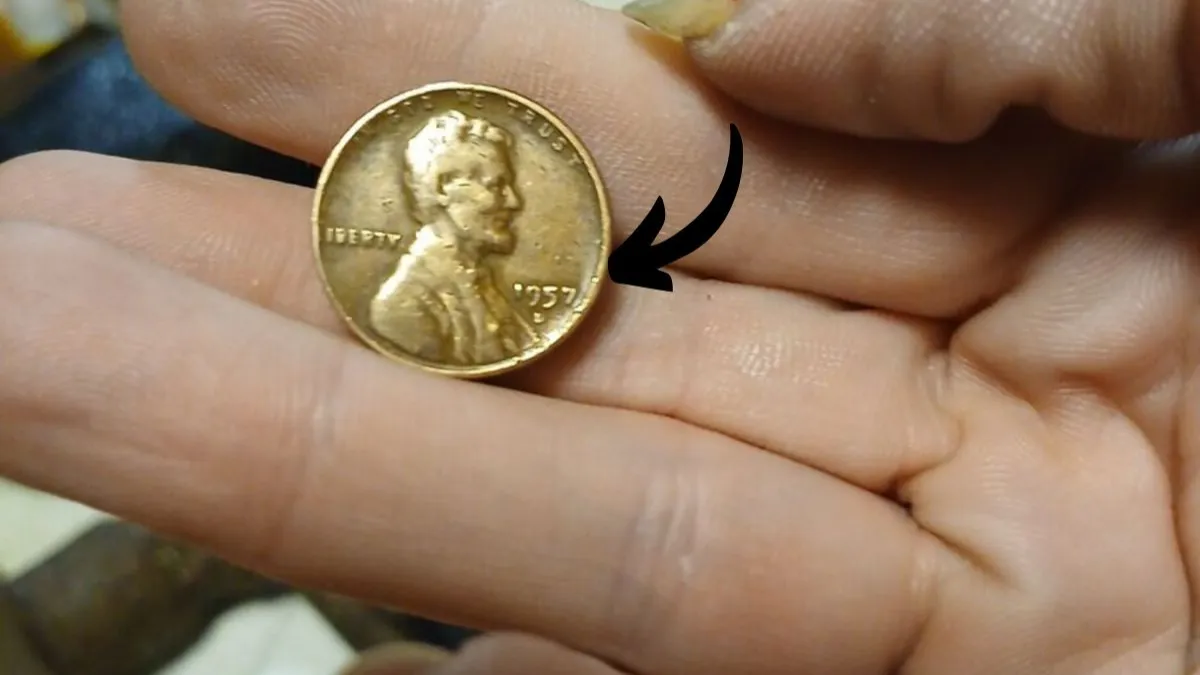Picture finding a coin in your everyday pocket change that turns out to be worth a huge amount of money. That’s exactly what happened with the Buffalo Nickel—a rare piece from the early 1900s—which recently made news by selling for a jaw-dropping $601,000 at auction.
This coin, once widely circulated, could be quietly resting in your spare change. Let’s dive into its background, distinct characteristics, and the key signs to help you determine if you’re holding onto a valuable treasure.
The Buffalo Nickel: A Quick Overview
Known also as the Indian Head Nickel, the Buffalo Nickel was issued by the U.S. Mint from 1913 until 1938. Crafted by sculptor James Earle Fraser, the coin features a Native American portrait on the front and a buffalo on the back. Fraser’s design was a tribute to both Native American heritage and the vast landscapes of the American frontier.
Why is the $601,000 Buffalo Nickel So Valuable?
There are several reasons why this particular Buffalo Nickel commanded such a high price:
Overdate Error (1918/7-D)
One major reason is the famous 1918/7-D overdate error—one of the most sought-after mistakes in this series. This occurred when a 1917 die was reused and overpunched with 1918, creating a rare and noticeable overlap in the date. Coins with this flaw are extremely scarce and highly prized.
Mint State Condition
The coin that sold for $601,000 was graded MS66, meaning it’s in pristine condition with full original luster and no visible wear. Finding a Buffalo Nickel in such well-preserved shape is exceptionally rare, especially considering the coin’s age.
Low Mintage and Survival Rate
Although millions were originally minted, very few Buffalo Nickels have remained in top condition over time. This rarity, combined with the unique error, makes this coin particularly valuable in today’s market.
Notable Buffalo Nickels and Their Worth
Below are some standout examples of valuable Buffalo Nickels and what they’re estimated to be worth:
| Year | Mint Mark | Error/Variety | Grade | Estimated Value |
|---|---|---|---|---|
| 1918 | D | 7 Over 8 | MS66 | $601,000 |
| 1916 | P | Doubled Die Obverse | MS64 | $281,750 |
| 1937 | D | 3-Legged Buffalo | MS66 | $99,875 |
| 1926 | S | Low Mintage | MS65 | $105,750 |
| 1913 | S | Type 2 | PR68 | $143,500 |
How to Identify a Valuable Buffalo Nickel
If you’re curious about checking your own coins or loose change, here’s how to spot a potentially valuable Buffalo Nickel:
Look for the Date and Mint Mark: Start by identifying the year and mint mark, focusing on specific issues like 1918/7-D, the 1916 Doubled Die, or the 1937-D with three legs. You’ll find the mint mark below the words “FIVE CENTS” on the coin’s back.
Check for Errors: Use a magnifier to inspect for common issues like overdates, doubled lettering, or missing limbs on the buffalo.
Evaluate the Condition: Coins that retain sharp detail, minimal surface damage, and original shine tend to be far more valuable.
Consult an Expert: If you suspect your coin is rare or unusual, consider getting a professional opinion. Certified grading services can confirm authenticity and assign a value.
The story of a Buffalo Nickel worth $601,000 is proof that you can find incredible surprises in ordinary places. Whether you’ve been collecting for years or are just starting, examining your pocket change might uncover something truly rare—and possibly life-changing.
FAQs
How can I tell if my Buffalo Nickel is valuable?
Focus on key dates, visible mint marks, and rare flaws like overdates or doubled features. Coins that look nearly untouched are generally worth more.
Where can I get my coin appraised?
Professional services like PCGS and NGC offer expert evaluations and grading for collectible coins. They’re a trusted source if you think your coin might be rare.
Are Buffalo Nickels still in circulation?
Although they haven’t been minted in decades, a few might still turn up in change. Their age makes it rare, but not impossible, to spot one in everyday transactions.
What makes a Buffalo Nickel so special?
These coins stand out for their bold, symbolic design and historical value. Minting mistakes and limited surviving numbers also boost their collectibility.
Susan is a seasoned finance writer with a knack for breaking down complex money topics into clear, actionable advice. With years of experience in personal finance, investing, and market trends, she empowers readers to make smarter financial decisions. Her work has been featured in leading finance blogs and publications, where she combines sharp analysis with relatable storytelling. Whether it’s budgeting, wealth-building, or decoding the latest economic shifts, Susan’s mission is to help people take control of their financial future with confidence.






